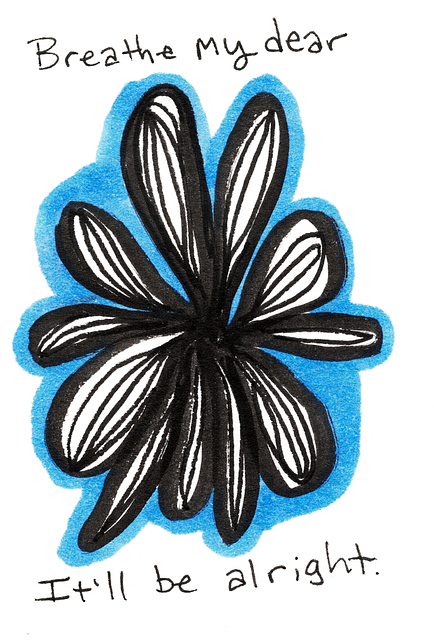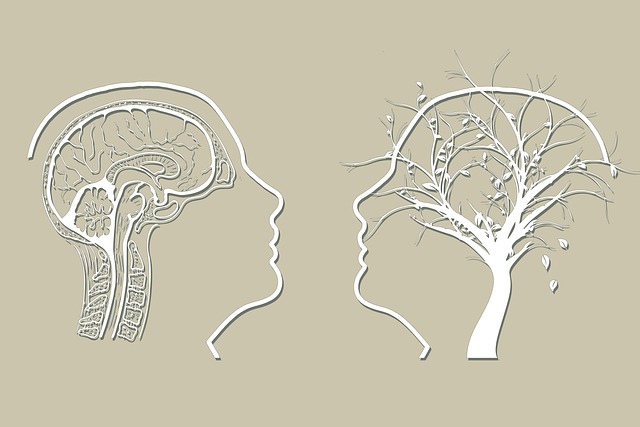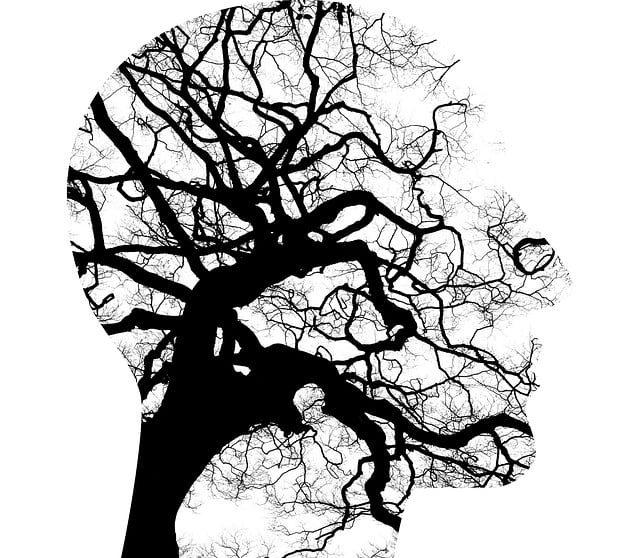Public awareness campaigns are vital in tackling mental health issues like Conduct Disorder (CD), especially in childhood/adolescence, through education on identifying signs, crisis intervention, and support services. Centennial Conduct Disorder Therapy focuses on evidence-based practices like CBT and mindfulness to mitigate impacts of CD, fostering personal growth and community understanding. Effective campaigns should employ strategic approaches, including storytelling, visual media, and school programs, to encourage early intervention. Creative strategies like Empathy Building and Mindfulness Meditation humanize the disorder, break down stigma, and promote holistic therapy. Campaign evaluation using both quantitative (behavioral shifts) and qualitative (public perceptions) methods ensures success and informs future strategies for improved mental health awareness.
Public awareness campaigns play a pivotal role in educating communities about mental health issues, including Centennial Conduct Disorder (CCD). This article explores strategies for developing impactful initiatives that address CCD, focusing on creative engagement and evaluation methods. We delve into understanding the target audience, from teens to societal norms, offering practical insights for effective campaign creation. By combining evidence-based practices with innovative approaches, these campaigns can foster open conversations, promote early intervention, and ultimately enhance the accessibility of Centennial Conduct Disorder therapy.
- Understanding Public Awareness Campaigns for Mental Health
- The Role of Centennial Conduct Disorder in Society
- Strategies for Effective Campaign Development
- Creative Approaches to Reach Target Audiences
- Measuring Success and Impact: Evaluation Methods
Understanding Public Awareness Campaigns for Mental Health

Public awareness campaigns play a pivotal role in shedding light on mental health issues and fostering understanding among the general public. When it comes to addressing specific challenges like Conduct Disorder, these initiatives become even more crucial. Conduct Disorder, often diagnosed in childhood or adolescence, can lead to a range of behavioral and emotional problems that significantly impact an individual’s life. Public education is essential to combat stigma and encourage early intervention, which is key to effective therapy for Centennial Conduct Disorder Therapy.
These campaigns aim to provide Crisis Intervention Guidance, highlighting the signs and symptoms of the disorder and encouraging individuals or parents to seek professional help. By raising awareness about available Trauma Support Services and Anxiety Relief strategies, communities can better equip themselves to support those affected. Through targeted messaging and accessible information, public awareness initiatives empower people to recognize the importance of early detection and intervention in managing Conduct Disorder.
The Role of Centennial Conduct Disorder in Society

The impact of Centennial Conduct Disorder (CCD) extends far beyond individual suffering; it shapes the fabric of society. Individuals with CCD often struggle with impulsivity, aggression, and disruptions in social interactions, leading to challenges at school, work, and within relationships. Without proper support and intervention, these behaviors can escalate, affecting not only the individual but also their families, communities, and broader societal structures.
Centennial Conduct Disorder therapy plays a pivotal role in mitigating these effects by providing individuals with the tools for self-regulation, emotional understanding, and healthy coping mechanisms. Incorporating evidence-based practices like Cognitive Behavioral Therapy (CBT) and mindfulness techniques into CCD treatment not only helps individuals manage their symptoms but also fosters personal growth and improved quality of life. By investing in Crisis Intervention Guidance and promoting Self-Care Practices and Routine Development for Better Mental Health, society can create a more inclusive and supportive environment for those navigating the challenges of Centennial Conduct Disorder.
Strategies for Effective Campaign Development

Creating effective public awareness campaigns requires a strategic approach that resonates with the target audience. One key strategy is to centennial conduct disorder therapy by addressing root causes and promoting positive behavior from a young age. This can be achieved through educational initiatives that teach mindfulness meditation and mind over matter principles, fostering resilience in children before problematic behaviors emerge. By integrating these practices into schools and community programs, campaigns can empower young people to make better choices and develop strong mental health habits.
Additionally, leveraging compelling storytelling techniques within the campaign can significantly enhance engagement. Sharing personal narratives of individuals who have overcome challenges, such as conduct disorders, demonstrates the power of resilience building. This not only inspires hope but also provides practical insights into strategies that others can adopt. Visual media, including videos and infographics, plays a crucial role in disseminating these stories widely and ensuring the campaign’s message reaches diverse audiences.
Creative Approaches to Reach Target Audiences

In the realm of public awareness campaigns, especially for complex issues like Centennial Conduct Disorder (CCD) Therapy, creative approaches are essential to reaching and engaging target audiences. Traditional methods often fall short when it comes to capturing the attention of younger demographics, making innovative strategies a game-changer. One such approach involves integrating Empathy Building Strategies that humanize the issue and foster understanding. By sharing personal stories or using relatable scenarios, campaigns can spark conversations and encourage empathy towards individuals facing CCD. This not only raises awareness but also breaks down societal barriers and stigmatizations.
Additionally, incorporating Mindfulness Meditation techniques in public awareness materials offers a unique angle. Mindfulness practices have gained popularity for their stress-reducing benefits, and this connection can be leveraged to present CCD Therapy as a holistic approach to healing. Crisis Intervention Guidance can also be creatively incorporated into these campaigns, providing practical tips on how to recognize and respond to behavioral signals in children, thereby empowering bystanders and caregivers. These creative elements have the potential to make complex therapy topics more accessible and engaging for the intended audiences.
Measuring Success and Impact: Evaluation Methods

Evaluating the success and impact of public awareness campaigns is a crucial step in understanding their effectiveness. This process involves utilizing various methods to measure how well the campaign reaches its target audience and promotes positive change. One key metric is tracking behavioral shifts among individuals exposed to the campaign, such as an increase in help-seeking behaviors or adoption of new self-care practices. For instance, campaigns focused on Centennial Conduct Disorder Therapy might assess whether more affected individuals reach out for professional support post-awareness efforts.
Additionally, qualitative methods like surveys and focus groups can provide insights into public perceptions and attitudes. These evaluations are vital to understanding the impact on mental health discourse, especially when addressing sensitive topics like trauma support services and promoting positive thinking. By employing a combination of quantitative and qualitative approaches, campaign organizers can gain a comprehensive view of their efforts’ reach and influence, guiding future strategies and ensuring resources are allocated effectively.
Public awareness campaigns play a pivotal role in addressing societal issues, such as mental health challenges like Centennial Conduct Disorder. By employing creative strategies and leveraging evaluation methods, these campaigns can effectively reach target audiences and drive positive change. Understanding the importance of public engagement, developing targeted messages, and measuring impact through robust evaluation are essential components for successful advocacy. Through collaborative efforts and innovative approaches, we can foster a more informed and supportive society, ultimately enhancing access to Centennial Conduct Disorder therapy and improving lives affected by mental health conditions.














